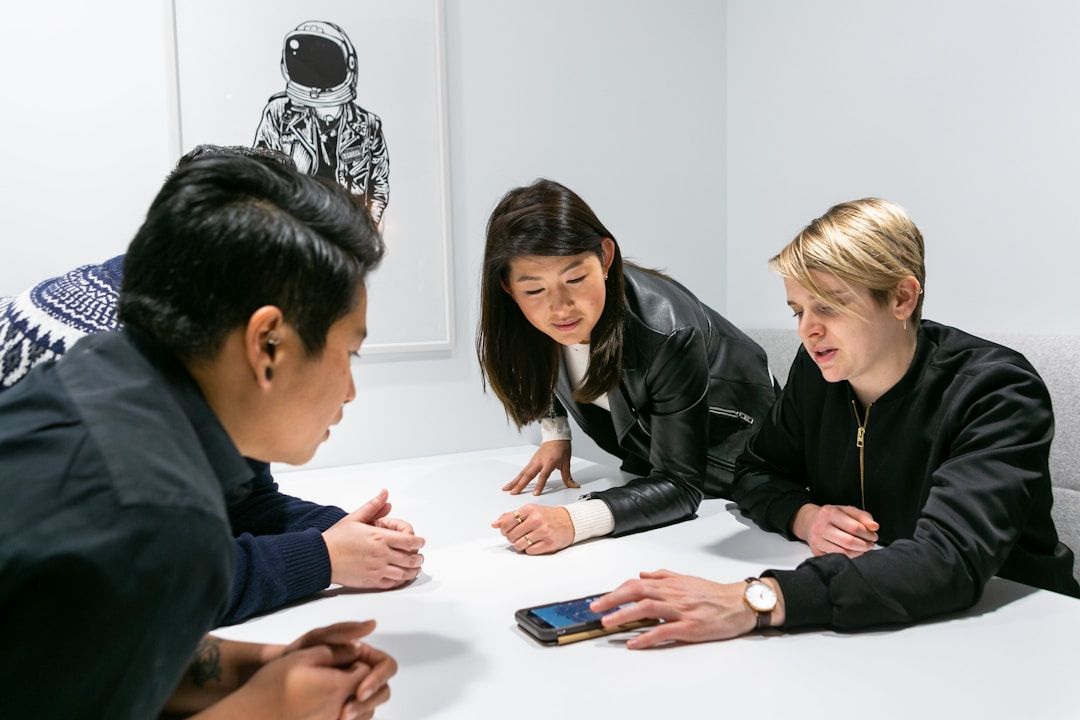The rise of the experience designer

Lee Smith
Minutes
11 July 2025
Employee Experience
People-First
Employee Experience Design
People-First
Employee Experience Design
In a world increasingly shaped by algorithms and automation, the true competitive edge lies not in code — but in care. AI can write policies, generate content, and optimise systems. But it cannot design meaningful human experiences. That role belongs to us.
At the heart of the employee experience revolution is a powerful shift: from managing processes to designing moments. From delivering communication to co-creating connection. From reacting to needs to intentionally shaping how work feels.
Welcome to the age of the experience designer.
As we explored in our recent
white paper, the
future of work demands a new mindset — one grounded in empathy,
experimentation, and systems thinking. Human-centred design isn’t just a
technique; it’s a philosophy. It begins with a deep understanding of people’s
needs, pain points, and aspirations — and it ends with solutions that feel
intuitive, inclusive, and impactful.
Whether you're an internal communicator, HR leader, change agent or team lead, this matters. Because your role is no longer just to inform, administer or enforce — it’s to shape experiences that connect, engage, and inspire.
And the good news? You don’t need to be a designer to think like one.
Whether you're an internal communicator, HR leader, change agent or team lead, this matters. Because your role is no longer just to inform, administer or enforce — it’s to shape experiences that connect, engage, and inspire.
And the good news? You don’t need to be a designer to think like one.
What does experience design look like in practice?
Human-centred design in
action might look like:
It’s about listening deeply, seeing the system, and putting people first — not just in principle, but in practice.
- Redesigning onboarding so new joiners feel welcomed, not overwhelmed
- Reframing change communication as a conversation, not a cascade
- Mapping emotional journeys through key moments like parental leave or restructuring
- Co-creating values, rituals, and norms with the people they affect
- Testing and iterating solutions with real feedback, not assumptions
It’s about listening deeply, seeing the system, and putting people first — not just in principle, but in practice.
Real-world inspiration:
ScotRail’s redesigned return-to-work experience
So what does experience design look like in practice?
At ScotRail, they set out to redesign their onboarding experience — they wanted to create something that genuinely reflected the needs of their people. Because for new joiners, those first few weeks shape everything: confidence, connection, and culture.
Instead of guessing what worked, they brought together a cross-section of voices from across the business — to map the current onboarding experience and explore what was getting in the way of making it brilliant.
Using an EX Design Sprint approach, they surfaced pain points, identified opportunities, and co-created a series of experience principles and prototypes.
Crucially, these ideas were tested and refined with real employees, ensuring they were grounded in reality — not just good intentions.
The result? A more human, inclusive, and joined-up onboarding experience — with solutions designed with employees, not just for them.
It’s a powerful reminder that experience design isn’t about adding more — it’s about doing things differently. Starting with curiosity, listening deeply, and shaping the moments that matter.
You can read more about the ScotRail EX File case study here
At ScotRail, they set out to redesign their onboarding experience — they wanted to create something that genuinely reflected the needs of their people. Because for new joiners, those first few weeks shape everything: confidence, connection, and culture.
Instead of guessing what worked, they brought together a cross-section of voices from across the business — to map the current onboarding experience and explore what was getting in the way of making it brilliant.
Using an EX Design Sprint approach, they surfaced pain points, identified opportunities, and co-created a series of experience principles and prototypes.
Crucially, these ideas were tested and refined with real employees, ensuring they were grounded in reality — not just good intentions.
The result? A more human, inclusive, and joined-up onboarding experience — with solutions designed with employees, not just for them.
It’s a powerful reminder that experience design isn’t about adding more — it’s about doing things differently. Starting with curiosity, listening deeply, and shaping the moments that matter.
You can read more about the ScotRail EX File case study here
Why this matters more than ever
AI is rapidly reshaping the
world of work — and that includes our roles as people professionals. It’s
already taking on many of the technical tasks we once owned: writing updates,
building dashboards, summarising feedback.
But designing experiences that build trust, foster belonging, and support wellbeing? That’s deeply human work. And it’s work that only humans can do.
According to the World Economic Forum, the top five skills needed by 2025 include emotional intelligence, creativity, and the ability to design human-centred solutions — not just manage them.
The rise of the experience designer is a call to action. Not just to embrace new tools, but to reimagine our purpose, our influence, and our potential.
If you’re ready to grow your experience design skills, explore practical tools, and connect with like-minded changemakers, join us inside The EX Space – for experience-led professionals. Because the future of work won’t be built by AI. It will be designed, by you.
But designing experiences that build trust, foster belonging, and support wellbeing? That’s deeply human work. And it’s work that only humans can do.
According to the World Economic Forum, the top five skills needed by 2025 include emotional intelligence, creativity, and the ability to design human-centred solutions — not just manage them.
The rise of the experience designer is a call to action. Not just to embrace new tools, but to reimagine our purpose, our influence, and our potential.
If you’re ready to grow your experience design skills, explore practical tools, and connect with like-minded changemakers, join us inside The EX Space – for experience-led professionals. Because the future of work won’t be built by AI. It will be designed, by you.

